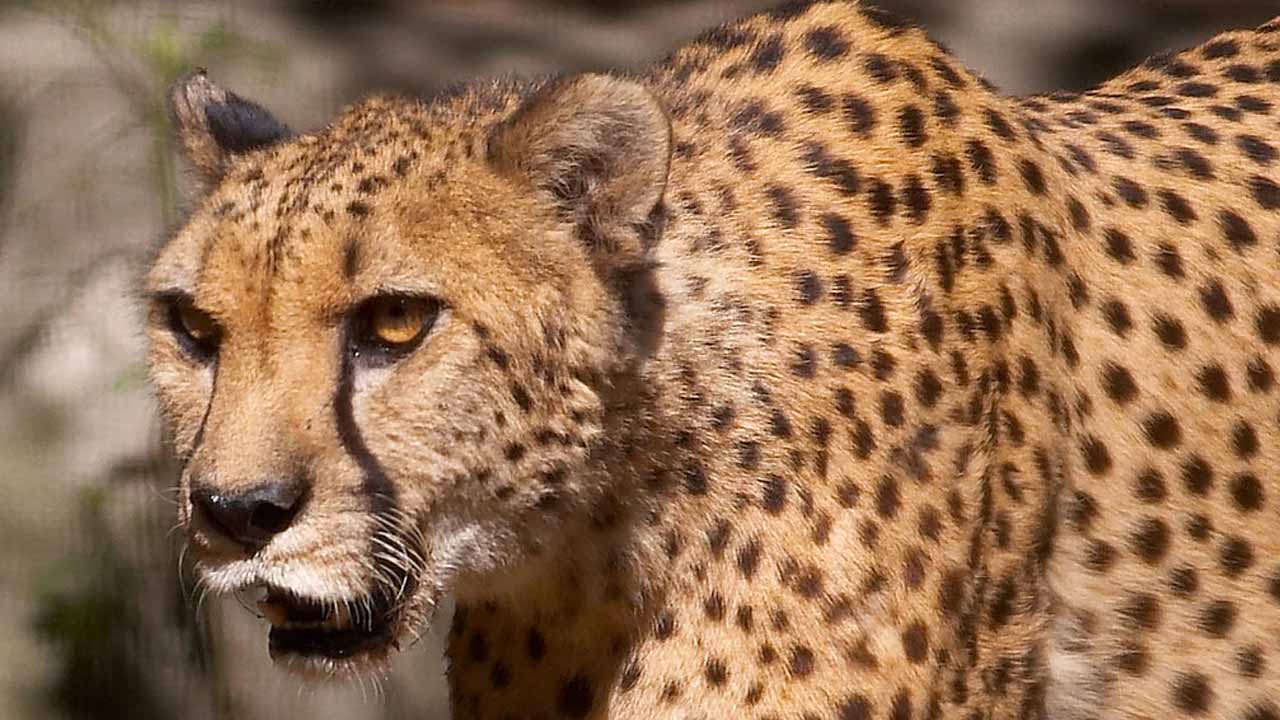The government of India is holding consultative meetings with African countries to bring cheetahs to India. According to the action plan prepared for this, 12-14 cheetahs will be brought to India from South Africa, Namibia, other African countries in five years. Satellite or GSM-GPS-VHF radio collars will be installed before the cheetahs are brought to India so that their movements can be monitored remotely, Ashwini Kumar Choubey, Minister of State, Ministry of Environment, Forest & Climate Change said in Lok Sabha.
New cheetah population to be established
Approximately 12-14 healthy wild leopards (8-10 males and 4-6 females) in reproductive age group that is genetically diverse, disease-free, behaviourally sound (for example, not overly imprinted to humans, but tolerant, predator wary, capable of hunting wild prey and socially tolerant of each other) will be brought to the country. The leopards will be brought in from South Africa, Namibia and other African countries in five years and beyond.
Cheetah was declared extinct in 1952
The cheetahs were declared extinct in India in 1952. Cheetahs were hunted into extinction during and after the Mughal Period, and by Rajput and Maratha Indian royalty and British Raj until the early 20th century when only several thousand remained. At present, there are no leopards in any of India’s national parks or wildlife sanctuaries. Three of the last Asiatic cheetahs recorded from India were shot down in 1948, by Maharaja Ramanuj Pratap Singh Deo of Koriya.
The only large carnivore to become extinct
The cheetah is the only large carnivore to become extinct in independent India. There are no cheetahs left in the wild in India, so they have to be brought from abroad to bring them to India. The cheetah has been an integral part of the Indian ecosystem, a major evolutionary force and an important cultural heritage. Their restoration will likely lead to better conservation of open forest, grassland and scrub ecosystems, for which they serve as a key species.
Fund allocated for the project
The government has allocated Rs.38.70 crore under the ongoing Centrally Sponsored Scheme of Tiger Project for Cheetah Introduction Project for the year 2021-22 to 2025-26.
Sites allocation for cheetah’s relocation
Amongst the 10 surveyed sites of the central Indian states, Kuno Palpur National Park (KNP) in Madhya Pradesh has been rated the highest. This is because of its suitable habitat and adequate prey base. Kuno Palpur National Park, 748 sq. km. in area and devoid of human settlements, forms part of Sheopur-Shivpuri deciduous open forest landscape and is estimated to have a capacity to sustain 21 cheetahs.
Kuno is probably the only wildlife site in the country where there has been a complete relocation of villages from inside the park. It also offers the prospect of housing four big cats of India – tiger, lion, leopard and cheetah – and allowing them to coexist as in the past.
The other sites recommended for holding and conservation breeding of cheetah in India, in controlled wild conditions are:
- Nauradehi Wildlife Sanctuary (1,197 sq. km, habitat 5,500 sq. km), Madhya Pradesh
- Gandhi Sagar Wildlife Sanctuary – Bhainsrorgarh Wildlife Sanctuary complex (~2500 sq. km), Madhya Pradesh
- Shahgarh bulge in Jaisalmer, Rajasthan (4,220 sq. km)
- Mukundara Tiger Reserve as fenced enclosure (~80 sq. km), Rajasthan





























